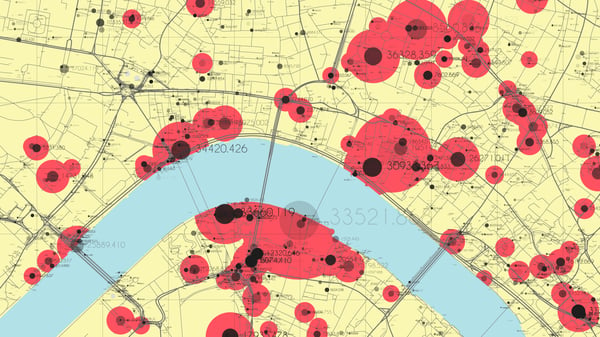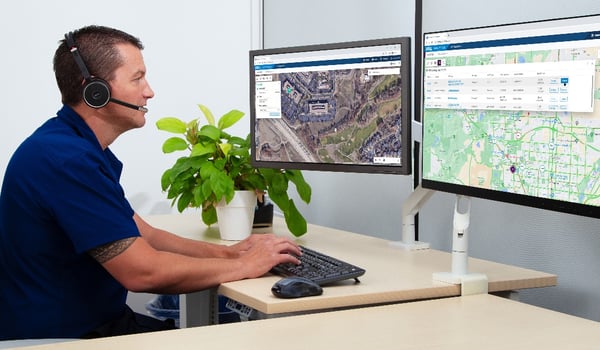4 Must-have Data Points for Dispatch-Billing Alignment and Maximum Reimbursement
Lights & Sirens: What You Can Do to Evaluate & Reduce Risk
The most unsafe aspect of working in EMS is being in an ambulance while it’s operating in a lights and sirens mode
Was this information valuable?

The most unsafe aspect of working in EMS is being in an ambulance while it’s operating in a lights and sirens mode. The statistics have painted a very concerning picture of this danger. According to research conducted by NHTSA in a 20 year study of ambulance crashes, 59% of the injuries and 58% of the fatalities occurred while in an emergency mode(1) .
The irony of these statistics is that these injuries and deaths could have been prevented. There are numerous published papers (2,3) concluding that, with the exception of a very few cases, lights and sirens do not contribute to the positive outcome of patients (4) .
Now that this evidence-based research is available, the legal aspect and associated risk should be very concerning. Consider this, how difficult is it going to be to defend yourself when you get in a crash, maybe seriously injuring or killing someone while responding emergent to a broken ankle? The argument of a fast response may have helped avoid civil and/or criminal prosecution years ago, but today that argument has been weakened considerably.
Take these Steps to Start Evaluating Your Response Guidelines
- Are calls triaged to ensure the appropriate level of care (ALS or BLS) and response mode (emergent or non-emergent) is dispatched?
- Are response policies updated and enforced to prevent risky and unnecessary emergent responses?
- Does your QA program include reviewing emergent responses?
- Are you educating your community stakeholders on the dangers of emergent response and what steps can be done to reduce the risk? If the community was aware of the dangers of emergent responses and that it really does not contribute to improved patient outcomes in the majority of cases, they should support a reduction in risky emergent responses. This educational outreach should be done whenever there is a change to a response guideline.
Take the steps to do what’s right and let evidence-based research guide you to make safe and informative decisions. Your staff, patients and the public not only deserves it, they expect it.
Sources:
[1] NHTSA, “The NHTSA and Ground Ambulance Crashes,” April’14
[2] Does Ambulance Response Time Influence Patient Condition Among Patients with Specific Medical and Trauma. Weiss S, et al. South Med Journal, 2013 March
[3] NAEMSP Position Paper, Considerations in Establishing Emergency Medical Services Response Time Goals, Bailey ED, et al. Prehosp Emerg Care 2003:7:397-399
[4] Is Ambulance Transport Time with Lights and Siren Faster Than That Without?, Hunt RC, Brown LH, Cabinum TW et al. Annals of Emergency Medicine. 1995
Related Posts
How EMS Agencies Can Reframe Need and Refocus Resources With Geospatial Analytics
How To Minimize Radio Chatter and Reduce Guesswork With Smarter Dispatch Resource Management
ZOLL Pulse Blog
Subscribe to our blog and receive quality content that makes your job as an EMS & fire, hospital, or AR professional easier.
ZOLL Pulse Blog
Subscribe to our blog and receive quality content that makes your job as an EMS, fire, hospital, or AR professional easier.




